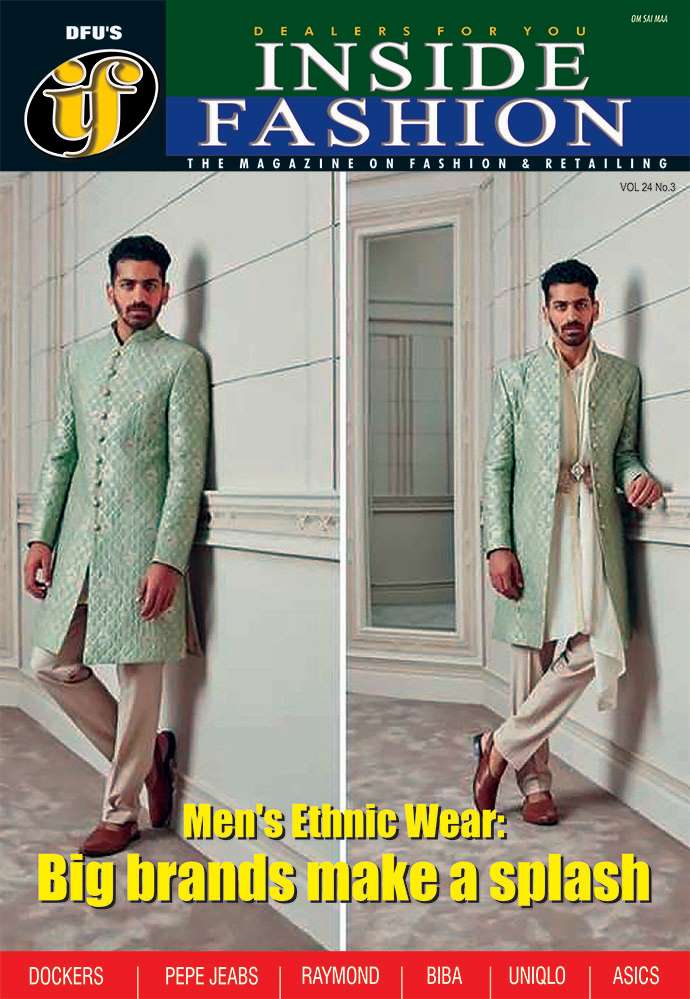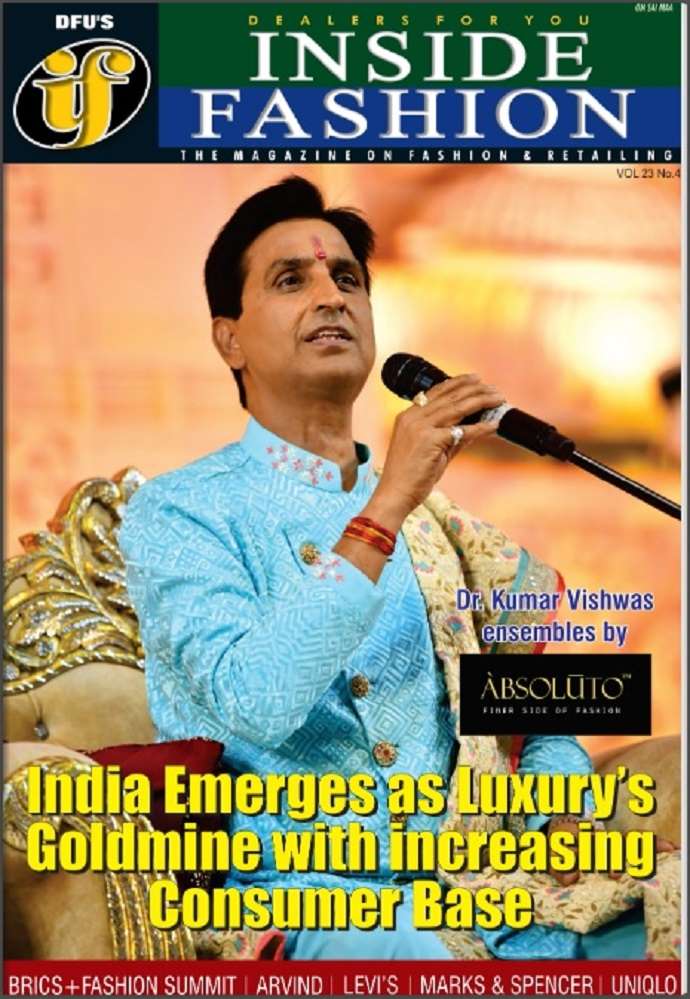Indian Fashion's Youthquake: How Gen Z is redefining retail and shaking legacy brands

24 June, Mumbai 2025
Last year, a silent revolution swept through Indian retail. Gen Z, now 377 million strong, officially surpassed millennials as the nation's largest consumer group, wielding influence over an estimated $40-45 billion in apparel and footwear purchases. Yet, a crucial truth has emerged: this generation isn't shopping at the traditional stores, and legacy fashion brands are feeling the tremors. In just 12 months, once-booming growth figures for international behemoths fell.
Table: Global brand’s India growth trends
|
Brand |
Previous growth |
Current growth |
|
ZARA |
40% |
8% |
|
Levi Strauss & Co. |
54% |
4% |
|
H&M |
40% |
11% |
|
Abercrombie & Fitch |
Significant |
Flat/Declining |
|
Gap |
Moderate |
Stagnant |
Source: ET Retail (Growth figures reflect a 12-month period for first three; others indicative of general trend)
This dramatic slowdown is a direct consequence of a fundamental shift in consumer behavior, primarily driven by India's Gen Z.
What led to the change?
Emergence of agile, value-driven D2C brands: Gen Z has flocked to direct-to-consumer (D2C) brands that offer trendy, contemporary styles—crop tops, baggy clothes, Korean pants, oversized tees—at accessible price points (Rs 500-800). Their agility allows them to quickly adapt to fleeting trends, providing Gen Z with affordable options to express their evolving styles, often experimenting with multiple outfits daily. And many brands have realized the change in shopping habits and made the change. Recognizing the shift, e-commerce giant Myntra launched 'FWD,' a platform specifically targeting Gen Z with price points around Rs 500. The result was explosive growth, attracting 16 million Gen Z users who now constitute one in three e-lifestyle shoppers on the platform. This demonstrates the power of understanding and directly catering to Gen Z's preferences for affordability and trend-driven fashion.
Similarly, an early pioneer in the Indian D2C casual wear space, Bewakoof has successfully carved a niche by offering unique, fun, and relatable designs, often infused with pop culture references, at affordable prices. Their strong online presence and continuous introduction of limited-edition collections keep them relevant and engaging for a youthful audience.
Self-expression over brand loyalty: Unlike previous generations, Gen Z values individuality and authenticity above established brand names. They seek clothing that resonates with their personal identity and values, rather than adhering to traditional brand loyalties. This means a logo no longer guarantees a purchase; relevance and resonance do.
Digital-first consumption, influenced by social media: Almost 70 per cent of Gen Z's shopping has shifted online, with Instagram playing an important role in brand discovery and purchase decisions. This generation, often referred to as "digital natives," expects seamless online experiences, curated content, and a strong digital presence from brands. Social media influencers, especially those sharing authentic experiences, hold significant sway. Take for example, Snitch men's fashion D2C brand, founded in 2020, has rapidly gained traction by embracing a "rapid fashion model" with fresh deliveries every week. Snitch focuses on world-class trends adapted for the Indian wardrobe, offering premium fabric at affordable prices and leveraging aggressive influencer marketing. Its agility in responding to trends and strong digital presence resonates deeply with young male consumers.
Demand for inclusivity and body positivity: Gen Z champions body positivity and expects brands to offer inclusive sizing (XS to XXL) and unisex options. Many legacy brands, slow to adapt to this crucial demand, alienated a significant portion of this consumer base. Brands that once overlooked plus-size fashion in India are now seeing a market projected to grow from $10 billion in 2024 to over $18 billion by 2032, driven by changing attitudes and increased representation.
The path forward
Meanwhile many established brands mistakenly believed Gen Z would eventually "grow up" and conform to premium pricing and traditional styles. This assumption proved to be a costly misstep. Their hesitation to embrace online channels, adapt to fast-changing trends, and offer inclusive sizing led to a significant loss of market share.
Therefore, as the Indian apparel market, continues to grow, brands must move beyond traditional retail models and embrace a phygital (physical + digital) approach, ensuring a seamless experience across all touchpoints. This includes:
• Agile supply chains: Rapidly responding to micro-trends.
• Authentic digital engagement: Leveraging social media for genuine connection, not just promotion.
• Inclusive product offerings: Prioritizing diverse sizing, unisex collections, and styles that promote self-expression.
• Value proposition: Balancing affordability with perceived value and purpose-driven narratives.
























